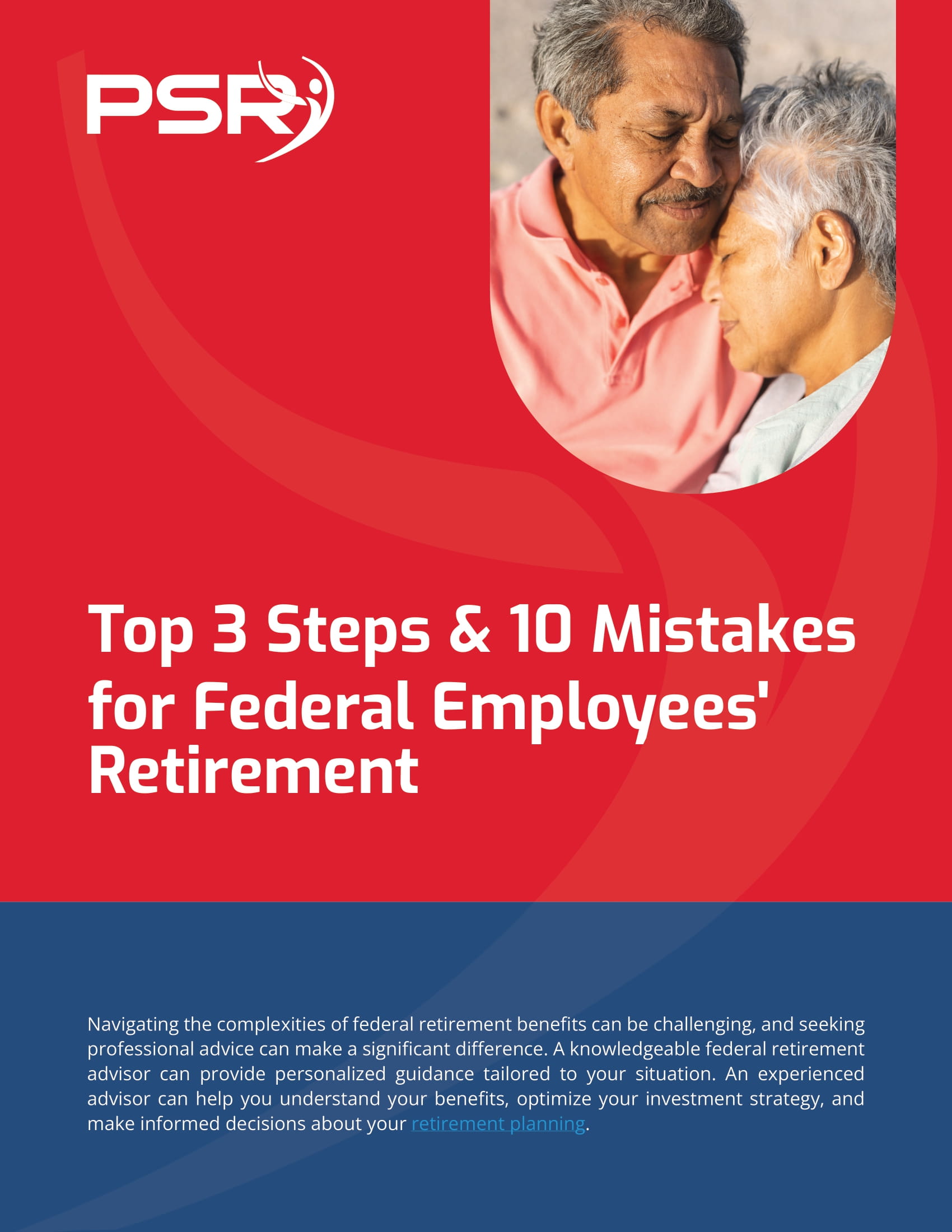Key Takeaways
-
Federal workers are adjusting to substantial changes in retirement benefits and healthcare plans introduced in 2025, requiring careful planning and decision-making.
-
Understanding new regulations, timelines, and integration with Medicare is critical for maximizing retirement security and healthcare options.
The Evolving Landscape of Federal Retirement and Healthcare in 2025
As a federal worker or retiree, you know that retirement planning is never static. In 2025, significant shifts in retirement plans and healthcare coverage have brought both opportunities and challenges. These changes demand a proactive approach to ensure your financial and medical security during retirement.
Retirement Plan Adjustments: What You Need to Know
- Also Read: Postal Employees, Big Changes Are Coming to Your Benefits in 2025—Here’s What You Need to Watch Out For
- Also Read: Military Buyback Programs Explained: Here’s How Federal Employees Can Use Them to Boost Their Pensions
- Also Read: Joining Civilian and Military Benefits—Why It’s the Best Move You’ll Make for Retirement
Higher Contribution Limits for Your TSP
The Thrift Savings Plan (TSP) now offers increased contribution limits. You can contribute up to $23,500 annually, and if you’re 50 or older, an additional $7,500 is available as a catch-up contribution. For those aged 60 to 63, the catch-up limit increases even further to $11,250, allowing a total contribution of $34,750. These changes aim to help you bolster your retirement savings in the final years of your career.
Secure 2.0 Act Impacts
The SECURE 2.0 Act has introduced measures to enhance retirement readiness. For federal employees aged 60 to 63, the elevated catch-up contribution limit provides a unique window to maximize savings. Make sure to review your current TSP contributions to take full advantage of these new limits.
The Importance of Your High-3 Average
Your basic annuity under the Federal Employees Retirement System (FERS) remains calculated using your High-3 average salary. This makes the final years of your career critical for determining your retirement income. If you’re nearing retirement, consider how any promotions, step increases, or overtime might enhance your High-3 average.
Healthcare Coverage Shifts: A Closer Look
Transition to PSHB for Postal Employees
As of January 1, 2025, Postal Service employees and retirees have transitioned to the Postal Service Health Benefits (PSHB) program. This new system replaces the Federal Employees Health Benefits (FEHB) program for postal workers. If you’re affected, you need to familiarize yourself with PSHB plans to ensure they align with your healthcare needs.
Increased FEHB Premiums
FEHB premiums have risen by an average of 11.2%, with enrollees shouldering a 13.5% increase. While the federal government continues to cover about 70% of the cost, you might find your share higher than in previous years. It’s essential to compare plans during Open Season to ensure you’re getting the best value.
Medicare Integration Matters
For those eligible for Medicare, integrating it with FEHB or PSHB can provide comprehensive healthcare coverage. Medicare Part B enrollment remains crucial for maximizing benefits under both systems. If you retired before January 1, 2025, and haven’t enrolled in Part B, you may still qualify for exemptions or special enrollment periods.
Medicare Updates That Affect You
Higher Part B Premiums and Deductibles
Medicare Part B premiums have risen to $185 per month, with an annual deductible of $257. These changes emphasize the importance of budgeting for healthcare costs in retirement. For higher-income retirees, the Income-Related Monthly Adjustment Amount (IRMAA) may lead to even higher premiums, so reviewing your tax strategy is essential.
A Game-Changer for Prescription Costs
Medicare Part D has introduced a $2,000 annual cap on out-of-pocket prescription drug costs. This change eliminates the “donut hole” and provides much-needed financial relief for retirees with high medication expenses. Additionally, the new Medicare Prescription Payment Plan allows you to spread your drug costs across the calendar year in manageable monthly payments.
Maximizing Your Benefits in 2025
Coordinating FEHB or PSHB with Medicare
If you’re enrolled in Medicare, many FEHB and PSHB plans offer premium reimbursements and lower out-of-pocket costs. Reviewing your plan’s details can help you make the most of these benefits. Remember, Medicare Part B enrollment is often required to access these savings.
Understanding Out-of-Pocket Costs
While FEHB and PSHB plans remain robust, rising premiums and deductibles mean you need to carefully evaluate your total out-of-pocket expenses. For hospital stays, Medicare Part A now requires a deductible of $1,676 per benefit period, with daily coinsurance costs for extended stays.
Navigating Open Season and Special Enrollment
Key Timelines for Decision-Making
The 2025 Open Season runs from October 15 to December 7, giving you a window to adjust your healthcare plan. Outside this period, changes are only allowed during Qualifying Life Events (QLEs), such as marriage, divorce, or a significant change in employment status.
Reviewing Your Annual Notice of Change (ANOC)
Pay close attention to your plan’s ANOC, which outlines changes in premiums, deductibles, and benefits. This document is your roadmap for understanding how your coverage will evolve in the coming year.
Tax Considerations for Retirees
IRMAA Thresholds and Tax Brackets
In 2025, IRMAA thresholds have increased to $106,000 for individuals and $212,000 for couples filing jointly. Meanwhile, federal tax brackets have shifted, with the top marginal rate applying to incomes over $626,350 for individuals and $751,600 for couples. Understanding these thresholds can help you manage taxable income and avoid unexpected premium hikes.
Strategies to Minimize Taxable Income
By contributing to your TSP or other tax-advantaged accounts, you can reduce your taxable income. This may lower your IRMAA costs and keep your Medicare premiums manageable. Consider consulting a financial advisor to optimize your tax strategy.
How to Plan Ahead
Staying Informed
Changes in federal benefits can be complex, but staying informed is your best defense. Regularly review updates from the Office of Personnel Management (OPM) and your specific retirement plan. Knowledge is your strongest ally in making informed decisions.
Utilizing Available Resources
Take advantage of tools like retirement calculators and plan comparison charts. These resources can provide clarity and help you visualize the impact of different decisions on your financial future.
Seeking Professional Guidance
Don’t hesitate to consult with a retirement or healthcare advisor. These professionals can help you navigate the intricacies of federal benefits and tailor a strategy to your unique needs.
Preparing for the Road Ahead
As you navigate the shifts in retirement and healthcare in 2025, remember that proactive planning is the key to success. Whether it’s maximizing your TSP contributions, understanding Medicare integration, or selecting the right health plan, each decision contributes to your long-term security and peace of mind. Staying informed and adapting to these changes ensures you’re ready to face the future with confidence.










